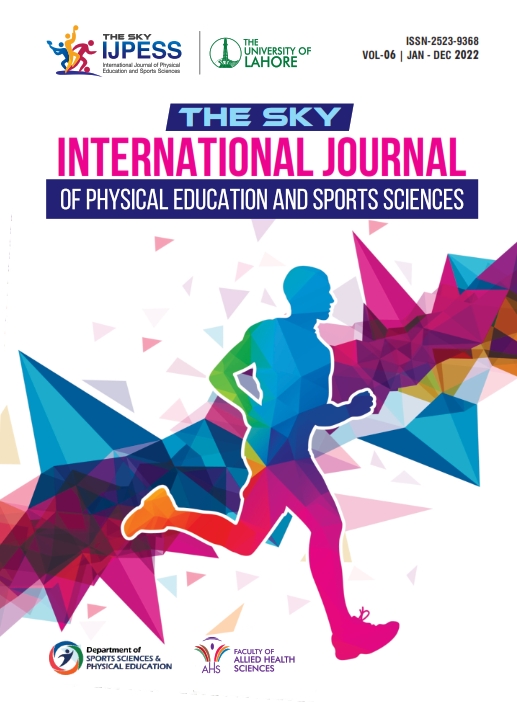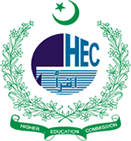SELF-OBJECTIFICATION AND BODY SHAME: A STUDY ABOUT APPEARANCE ANXIETY AMONG PAKISTANI STUDENTS PARTICIPATING IN SPORTS
DOI:
https://doi.org/10.51846/the-sky.v6i0.1653Abstract
Abstract
Objectives. The presented study was aimed to examine self-objectification and body shame in relation to appearance anxiety among college students participating in sports (N=300).
Method. The sample included students of Rawalpindi and Islamabad colleges including both sectors government and private colleges as well as both genders, male (N=150) and female college students (N=150). The self-objectification was assessed through The Surveillance subscale of Objectified Body Consciousness Scale (McKinley & Hyde, 1996), appearance anxiety through Appearance Anxiety Scale brief version (Dion, Dion & Keelan, 1990) and body shame with the help of Body Shame Subscale, of Objectified Body Consciousness Scale (McKinely & Hyde, 1996).
Results. The study found significant positive correlation between self-objectification and body shame, self-objectification and appearance anxiety. The body shame and appearance anxiety were also found to be positively related with each other. The self-objectification was also found to be predictor of body shame and appearance anxiety among the respondents.
Conclusion. The findings indicate that experiencing self-objectification is directly linked with body shame and appearance anxiety. The study would be helpful in examining self-objectification, appearance anxiety and body shame on other samples.
Keywords: Self-objectification, Appearance Anxiety, Body Shame
Downloads
Published
How to Cite
Issue
Section
License
Copyright (c) 2022 Sundas Naqi, Nazia Iqbal, Anum Gull

This work is licensed under a Creative Commons Attribution-ShareAlike 4.0 International License.
Authors retain copyright of their work and grant THE SKY-International Journal of Physical Education and Sports Sciences the right to publish it under a Creative Commons Attribution-ShareAlike 4.0 International License (CC BY-SA 4.0). This license permits sharing, adaptation, and redistribution of the work, provided proper attribution is given to the authors.
Authors may distribute the journal’s published version (e.g., in repositories, books, or other platforms) non-exclusively, with acknowledgment of its original publication here.
Authors are encouraged to share their work publicly (e.g., on personal websites or institutional repositories) to foster scholarly exchange.








